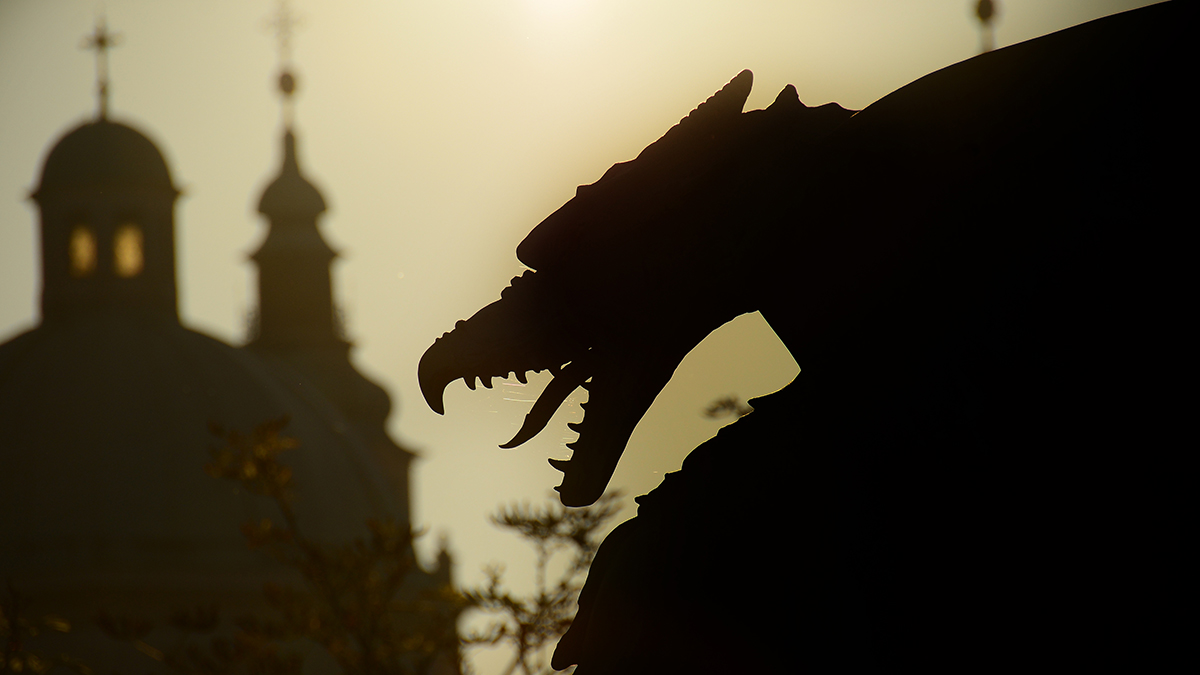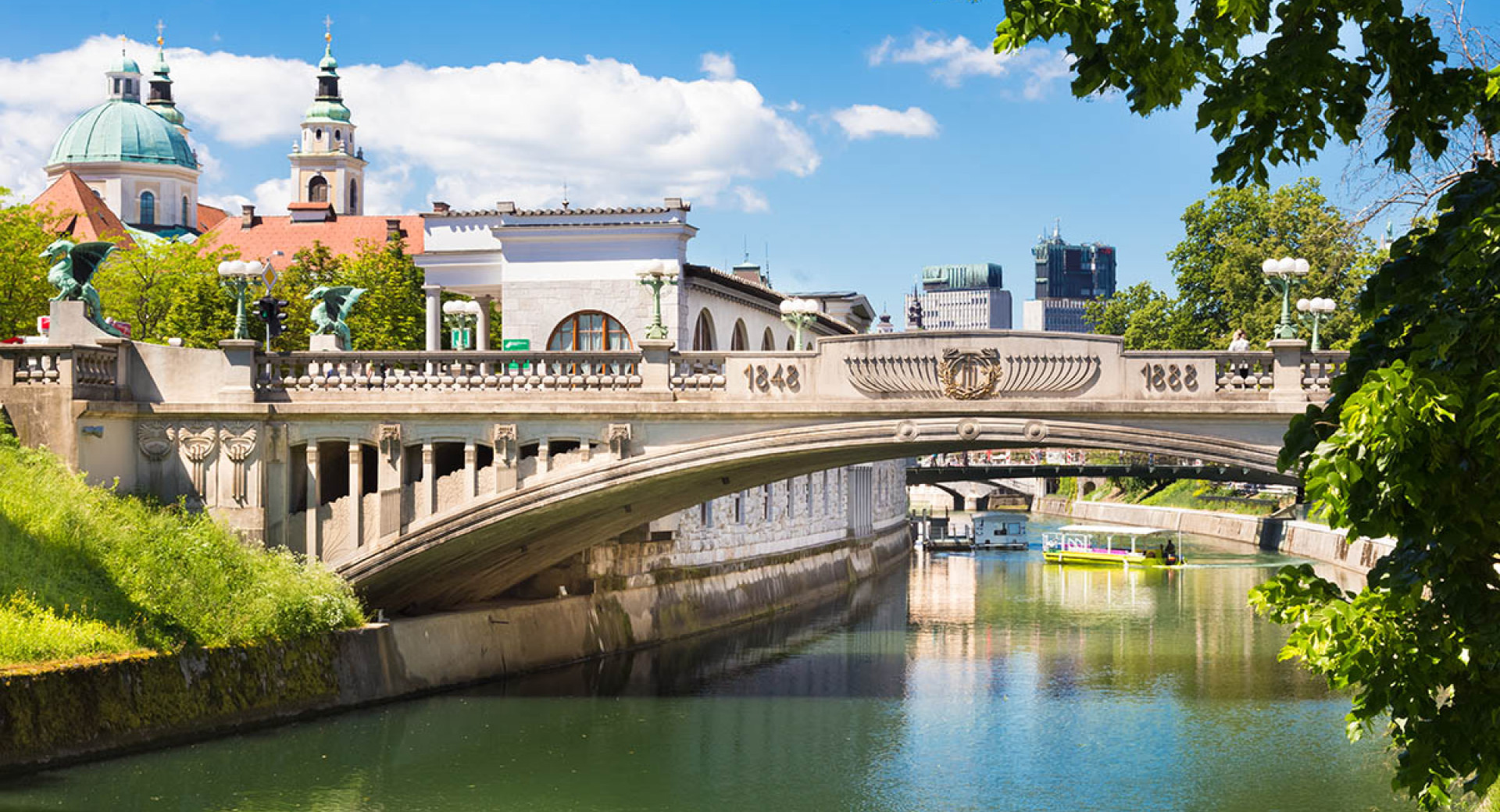Dragon Bridge

© Luka Esenko

© Dunja Wedam

© Mostphotos



